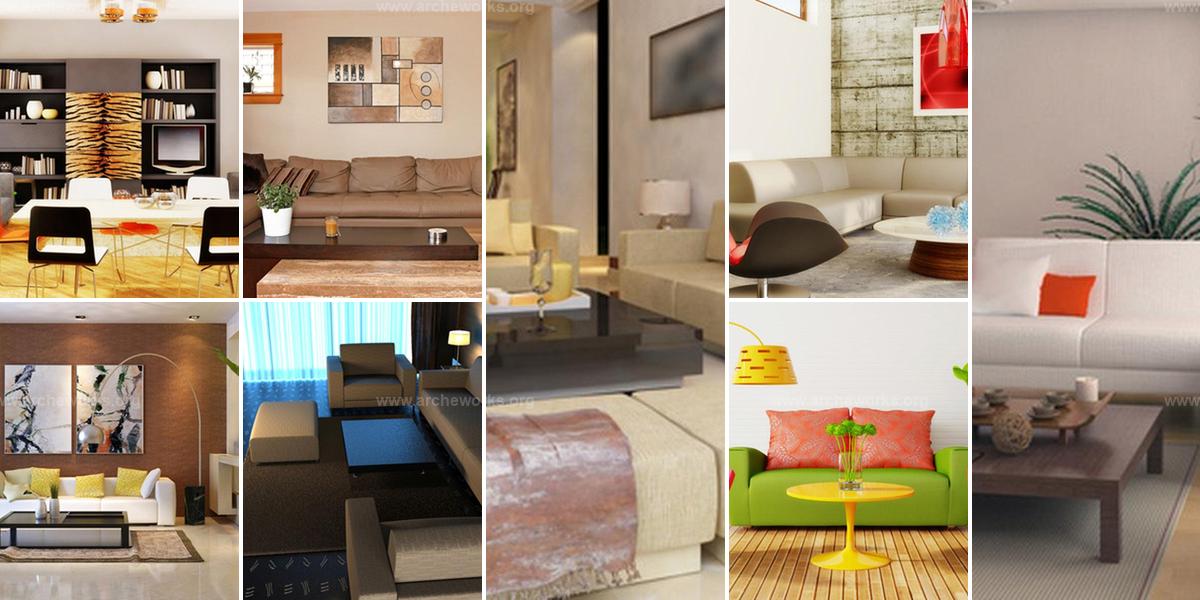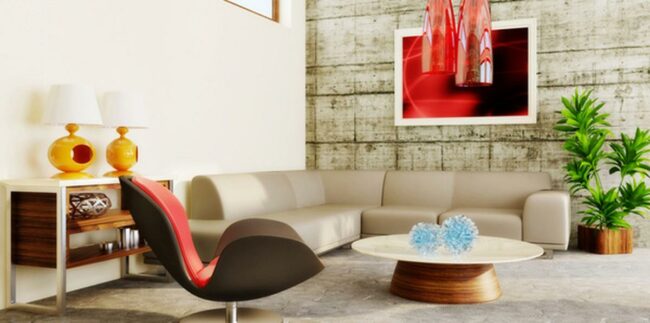10 Genius Tips for Living Room Arrangement
Living room arrangement tips help you create a functional and aesthetically pleasing space that suits your lifestyle.
Proper furniture placement ensures comfortable movement and optimal use of space, while thoughtful decor choices enhance the room's overall look.
These tips guide you in designing a living room that is both beautiful and practical.
Know your living rooms size.
Knowing the dimensions of your living room sets the stage for a successful furniture arrangement.
An oversized couch can easily overwhelm a small space, leaving little room to move around.
Doorways and hallways also play a crucial role in ensuring that new pieces can enter without hassle.
Planning ahead prevents frustration when trying to maneuver large items through tight spots.
Divide your space.
Dividing a large room can enhance its functionality and flow.
A well-placed carpet or area rug can define the main living space, giving it a clear identity.
Positioning the sofa to face away from high-traffic areas adds privacy while encouraging conversation among guests.
Another seating arrangement in the secondary area invites relaxation and social interaction without feeling cramped.
Maintaining an open pathway ensures easy movement between spaces, allowing everyone to enjoy both areas comfortably.
Mix different furniture sizes and styles.
A living room filled with furniture of varying sizes invites excitement and energy into the space.
Mixing different styles adds character, breaking away from the dullness that uniformity can bring.
Feel free to incorporate ottomans or accent chairs to enhance comfort while introducing unique shapes.
Choosing pieces from various collections allows for personal expression, creating a distinctive look that reflects your taste.
Arrange furniture for conversations.
Conversations flow easily when seating arrangements encourage interaction.
Position chairs and sofas to face one another, inviting laughter and shared stories.
Keeping different seating areas within a comfortable distance fosters connection, allowing everyone to join in without straining their voices.
Cozy nooks can also be created for intimate chats while still maintaining an open feel throughout the space.
Observe balance.
Choosing items with complementary colors, shapes, and styles fosters a cohesive look.
Symmetry brings a sense of order through matching pieces like sofas and lamps, creating a polished appearance.
Asymmetry introduces an exciting dynamic by mixing various designs and sizes, such as unique vases or diverse lamp styles that still resonate with each other.
Balancing these elements allows for personal expression while maintaining an inviting environment that feels curated yet comfortable.
Think of scale.
Scale is important in how your living room feels.
Choosing chairs over bulky sofas can open up space and create a more airy vibe.
Decorations should complement the furniture, so opting for smaller pieces helps maintain balance.
You should think about colors and textures that harmonize with your chosen scale, adding depth without overwhelming the senses.
Arrange in L-shaped.
A living room layout often features a sofa and loveseat positioned in an L-shape, offering comfort and style.
A coffee table sits centrally, inviting casual gatherings or game nights.
This arrangement encourages easy flow while allowing everyone to engage with one another.
Conversations come naturally in this setup, creating a lively atmosphere for family and friends alike.
Have a focal point.
A living room thrives with a clear focal point, guiding the eye and anchoring the space.
Consider a fireplace or television as central features, but don’t overlook art that speaks to you.
Triangulation enhances visual interest; two side tables with lamps can frame your chosen artwork beautifully.
This arrangement draws attention upward while providing balance and harmony in design.
Use area rugs.
Area rugs should unify your furniture.
Thus, they can create a cohesive look that feels intentional.
Even if the rug isn't large enough to encompass all pieces, positioning them so they touch can still achieve that harmonious effect.
Create zones.
Different seating areas in your living room can enhance its functionality and charm.
A sunny corner by the window invites warmth and light, perfect for reading or enjoying a morning coffee.
Activity zones offer a lively space for board games or crafts, encouraging fun gatherings with loved ones.
A quiet nook near a bay window serves as an ideal retreat for reflection or relaxation.












Liam Patel
Senior Editor & DIY Craftsman
Expertise
DIY home decor, interior design, budget-friendly styling, sustainable upcycling, creative crafting, editorial writing
Education
Pratt Institute, Brooklyn, NY
Liam Patel is the Senior Editor at Archeworks.org, where he shares creative DIY and home decor ideas. With a degree in Interior Design and years of experience in home styling, Liam focuses on easy, budget-friendly projects that make spaces personal and beautiful.
Liam’s tutorials, styling tips, and affordable solutions help readers design homes they love. He believes decorating is about self-expression and encourages everyone to embrace the joy of creating.